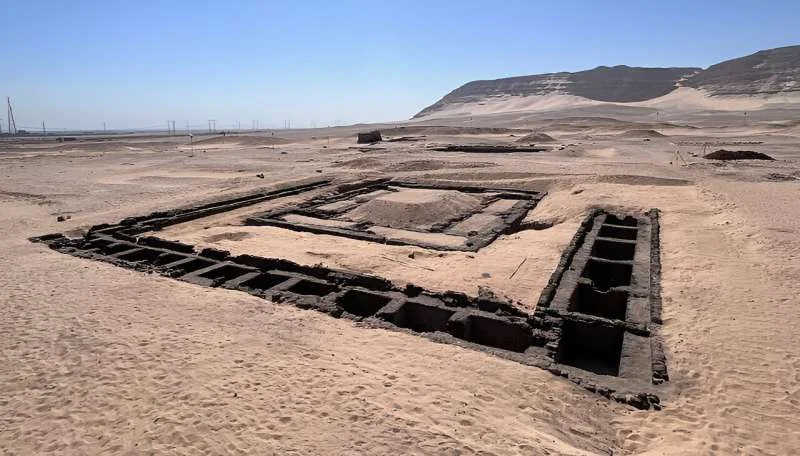Scientists discover 5,000-year-old wine in Meret-Neit tomb
A German-Austrian team led by archaeologist Christiana Koehler of the University of Vienna is investigating the tomb of Queen Meret-Neit in Abydos, Egypt. She was the most influential woman of the period around 3000 BC. Recent excavations prove its special historical importance: Researchers found wine and other grave goods dating… A German-Austrian team led by archaeologist Christiana Koehler of the University of Vienna is investigating the tomb of Queen Meret-Neit in Abydos, Egypt, who was the most influential woman of the period around 3000 BC. The team found evidence of numerous burials, including hundreds of large wine jars, and found 5,000-year-old wine remains. The tomb complex contained her own burial chamber, 41 courtiers and servants, and was built of unbaked clay bricks, clay and wood. This discovery radically challenges the idea of ritual human sacrifice as part of royal burial during the 1st Dynasty, which was often suggested in early studies but never proven.

Published : 2 years ago by Emma in Science
A German-Austrian team led by archaeologist Christiana Koehler of the University of Vienna is investigating the tomb of Queen Meret-Neit in Abydos, Egypt. She was the most influential woman of the period around 3000 BC. Recent excavations prove its special historical importance: Researchers found wine and other grave goods dating back 5,000 years. This fuels speculation that Meret-Neit was the first pharaoh of ancient Egypt and a forerunner of the later Queen Hatshepsut.
The team recently began archaeological excavations at the tomb of 1st Dynasty Queen Meret-Neith (c. 3000 BC) at Abydos and discovered important new information about this important historical woman.
Queen Meret-Neit was the only woman to have her own mausoleum in Egypt’s first royal cemetery at Abydos. She was arguably the most powerful woman of her time, and modern scholars suggest that Meret-Neit may have been the first female pharaoh in ancient Egypt and thus a precursor to the later Queen Hatshepsut of the 18th Dynasty. His true identity remains a secret. New excavations reveal new and interesting information about this unique woman and the period in which she lived.
5,000-year-old wine jars found in the tomb of Queen Meret-Neit in Abydos during excavations. The jars are in their original context and some are still sealed. Credit: EC Köhler
The archaeological team found evidence of numerous burials, including hundreds of large wine jars. Some are very well preserved and even sealed in their original state. They contained 5,000-year-old wine remains. Additionally, inscriptions show that Queen Meret-Neith was in charge of central government departments such as the treasury, supporting the idea of her special historical significance.
Meret-Neit’s monumental tomb complex in the Abydos desert, which included her own burial chamber as well as the tombs of 41 courtiers and servants, was built of unbaked clay bricks, clay and wood. Thanks to careful excavation methods and a variety of new archaeological technologies, the team was able to show that the tombs were built in multiple construction phases over a relatively long period of time.
This observation, together with other evidence, radically challenges the idea of ritual human sacrifice as part of royal burial during the 1st Dynasty, which was often suggested in early studies but never proven.
The team is working as part of an interdisciplinary and international collaboration between the Egyptian Ministry of Tourism and Antiquities, the German Archaeological Institute in Cairo, the University of Vienna and Vienna University of Technology in Austria, and Lund University in Sweden. Source
